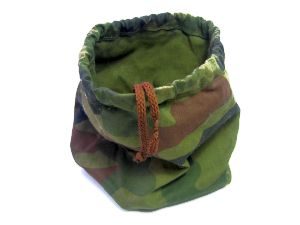1. Bubble prayers

Ask each child what they would like to pray for, then invite them to visualise their prayers in the blowing of bubbles. Prayer is often seen as a strong activity, but this activity helps us to visualise that our prayers are sometimes quite fragile and delicate – like the bubbles.
Take it further
If you have a small group, just passing one pot of bubbles around gives each child time and space for their own prayers, and the others can join in praying for them too.
For a different ambience that works really well outdoors, especially with a larger group, have enough pots of bubbles for one each and shout many ‘one word’ or ‘one sentence’ type prayers all at the same time, such as: prayers for the world and creation, prayers for children in Africa, other issues, and so on.
2. Maps and Post-it ‘home’ prayers
Invite everyone to write/draw a prayer for their home/family on a small Post-it note. On an enlarged street map of your local area, find the street where they live and stick their prayer Post-it on the map.
Take it further
Invite everyone to look more closely at their surrounding communities, find their schools and pray for their teachers. Then pray wider – for example: the park keepers, the police, fire service, ambulance service, hospitals, etc.
3. Prayer bag
 This activity is particularly helpful with small children. Each week/month you invite someone to draw out of the bag items that you have already placed there which can lead to prayer, such as: a Monopoly house (praying for the homeless); a bottle of water (praying for access to clean water across dry lands); a bandage (praying for those who are hurting); and so on. The possibilities are endless. Use the same nice bag each time and not a cheap plastic one. Often as the bag emerges each week there can be a sense of expectation and curiosity, so endeavour to catch people’s attention.
This activity is particularly helpful with small children. Each week/month you invite someone to draw out of the bag items that you have already placed there which can lead to prayer, such as: a Monopoly house (praying for the homeless); a bottle of water (praying for access to clean water across dry lands); a bandage (praying for those who are hurting); and so on. The possibilities are endless. Use the same nice bag each time and not a cheap plastic one. Often as the bag emerges each week there can be a sense of expectation and curiosity, so endeavour to catch people’s attention.
Take it further
You could invite each person to form a prayer there and then, or to shape what they feel should be prayed for, or to take the item back to their group so they can all write a prayer together.
For more information on this creative prayer and others like it, see John Pritchard’s excellent The Second Intercessions Handbook, SPCK, 2004, p125

